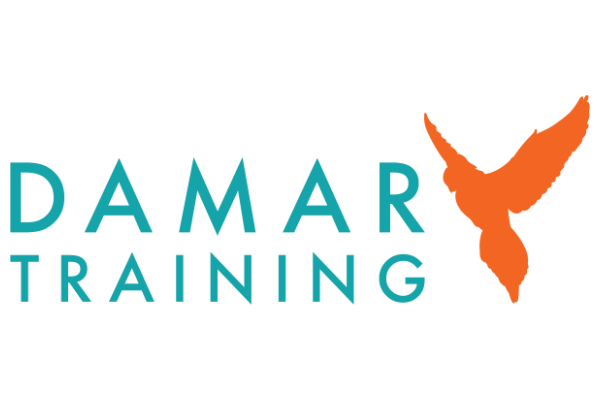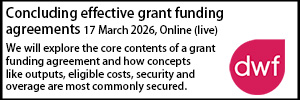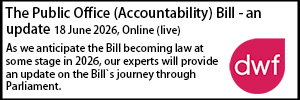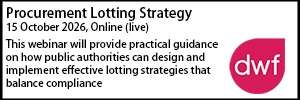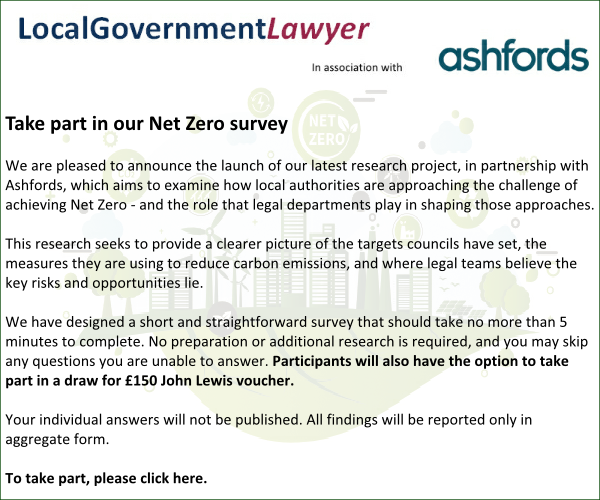AI and procurement
- Details
Anja Beriro looks at the potential use of artificial intelligence in public sector procurements.
Use of AI is rapidly increasing across various sectors, including the public sector, where its adoption is being heavily encouraged by Government.
This is due to AI's potential to enhance efficiencies, reduce costs, and encourage innovation and creativity. In public sector procurements, which can be marked by complex processes and statutory requirements, AI could play a key role in supporting a more streamlined approach. However, the implementation of AI also presents challenges, underscoring the importance of achieving a careful balance between automation, oversight, and transparency.
In March 2024, the Government published PPN-02-24: Improving Transparency of AI use in Procurement (PPN) which considers the growing integration of AI in procurement processes, especially by suppliers, and evaluates the potential advantages and challenges linked to using AI in bid writing. It also references the procurement of goods or services that utilise AI, either as their main component, or as a delivery tool. Now is a good time to reflect on whether in such a fast moving environment it still contains the right message. Additionally, the PPN features links to various pieces of guidance published by the Government, which we highly recommend public bodies thoroughly review and understand.
This article explores some of the benefits, and the risks, of the use of AI in public sector procurements, particularly focusing on three areas:
- AI used for the generation of tender documents;
- AI used for answering tender submissions; and
- AI used for evaluation of tender submissions.
AI used for the generation of tender documents
Drafting tender documents (conditions of participation, ITTs, pricing matrices, technical specifications, evaluation criteria, etc) in the public sector demands precision and attention to detail. Procurement teams have the responsibility of maintaining legal compliance whilst also ensuring that the documents accurately reflect the objectives of the procurement. This process is notably time-consuming and demands substantial resources, especially for projects of considerable size or complexity.
AI has the potential to decrease the time needed to prepare tender documents by automating routine tasks. Procurement teams could provide basic project details, allowing AI to produce an initial draft using pre-uploaded templates. By using these templates, AI would maintain uniformity in format and wording, and likewise reduce errors in the documents. Furthermore, depending on the capabilities of the AI platform, customisation to meet specific project requirements, such as generating technical specifications or contract terms that match the procurement, this could also be achievable through pre-uploaded templates.
However, despite the compelling benefits, there are risks that should always be considered and checked against:
- Over-reliance on AI in generating tenders, which could result in outputs that are too generic and fail to capture the specific project requirements. Additionally, the effectiveness of the AI system is important – many widely used systems are open-source, meaning they source data from the entire expanse of the freely available internet. This could lead to results that are inconsistent, conflicting, or even inaccurate. We would in particular urge caution in relation to the Procurement Act 2023 as there is no practical data for an AI tool to use.
- Miscommunication of contracting authority resources and experience leading to the contracting authority being overcommitted in terms of managing the procurement process and subsequently fulfilling the contract.
- Misalignment of evaluation criteria and scoring methodology, leading to criteria that do not accurately reflect either what is required, and how it can be scored / otherwise evaluated.
What this tells us is that although AI could significantly streamline the tender preparation process, human oversight remains crucial to guarantee accuracy, relevance, and adherence to statutory requirements. We would particularly urge caution in using AI to create evaluation criteria, questions, and scoring methodologies.
AI used for answering tender submissions
Just as with the drafting of tender documents, AI can assist suppliers in drafting responses to the tender documents. It can streamline the bid preparation process by analysing tender requirements and proposing tailored responses. The depth and relevance of these answers will vary depending on the AI platform used, but leveraging historical bids and company-specific data could be feasible for suppliers employing such technology.
AI could further help suppliers in achieving compliance with the tender by cross-referencing the requirements under the tender documents against the supplier’s drafted responses and ensuring that all necessary elements required by the tender are addressed. Lastly, suppliers could use AI to enhance the tone, structure, and style of their responses, aiming to make their bids more persuasive and engaging.
The PPN is clear that suppliers should be allowed to use AI, and that contracting authorities should not score or make any other use of responses to questions such as “Please confirm whether AI has been used in the generation of this response”. Suppliers should think carefully about the level of trust they put in an AI tool to develop a tender response. While we see nothing wrong in asking a GenAI tool to produce a structure for an essay type response, or the first draft of an implementation plan, suppliers should not rely on these being correct. Any supplier submitting an AI generated response without checking, and in some cases re-writing it, shouldn’t be surprised if their submission is non-compliant, or scored low for lack of accurate information, or poor planning. AI is not a replacement for humans in this context, it is a tool to help make a process a bit less time consuming, and allow for more time to be given to the difficult elements of a tender response.
There could be an issue regarding data protection. If suppliers employ AI systems outside of their own, there is a risk of confidential information being disclosed into the AI tool, and therefore data protection breaches or a loss of commercially sensitive information. If sensitive data is entered into an AI system without proper safeguards, there is a danger it could become publicly accessible. Suppliers should also be wary, as AI might retain commercially sensitive data, like tender pricing, which could affect the integrity of the competitive process.
AI used for evaluation of tender submissions
What should contracting authorities be aware of when factoring AI usages into the evaluation of tender responses?
- assessment of internal resources. Using AI could lead to some suppliers bidding more frequently. An increase in compliant tenders could lead to a surge in responses, without a corresponding increase in evaluation capacity;
- if all bidders input similar criteria, a potential scenario when working from the same ITT, then responses could become very similar or even identical. This is particularly true considering the way generative AI tools produce answers. This requires contracting authorities to have very skilled evaluators, and a scoring methodology that allows for quite nuanced differences.
Could contracting authorities use AI to automate the evaluation process? We advise against attempting this without legal support and strong internal AI expertise, as it could expose a contracting authority to procurement risks. Public sector buyers must articulate the reasons for their award decisions and the rationale behind each score. Any AI tool used for evaluation would need to be trained on how to apply the evaluation criteria and scoring methodology, and be able to articulate the reasons for the outcome. This is hard enough when asking humans to explain when they’ve given the score they have, never mind asking what is often seen as a 'black box' system. It would be much easier for an unsuccessful bidder to challenge a decision where the rationale cannot be clearly articulated. Given the current level of user training and awareness, and the complexities of evaluation in particular qualitative responses, relying on AI for evaluation would be very risky.
Conclusion
Overall, whilst AI has a lot of compelling benefits, it also has a lot of drawbacks and risks.
Our recommendation is to exercise caution when implementing AI in procurement activities. To echo the PPN, care should be taken to ensure that the use of AI is restricted to use cases where the risks can be effectively understood and managed.
It is important to note that the Secretary of State for Science, Innovation, and Technology - The Rt Hon Peter Kyle MP – published the AI Opportunities Action Plan (Plan) on 13 January 2025. This Plan sets out the action the Government must take to secure the physical infrastructure and human capital that will underpin all future AI developments. The Plan reflects the Government's ambition to expand the use of AI and position the United Kingdom as a global leader in the AI space. We will be shortly publishing an article reflecting on elements of the Plan in more detail.
Anja Beriro is a partner at Browne Jacobson.
Sponsored articles
Unlocking legal talent
Walker Morris supports Tower Hamlets Council in first known Remediation Contribution Order application issued by local authority
Contracts Lawyer
Lawyer (Planning and Regulatory)
Legal Director - Government and Public Sector
Locums
Poll
15-07-2026 11:00 am








